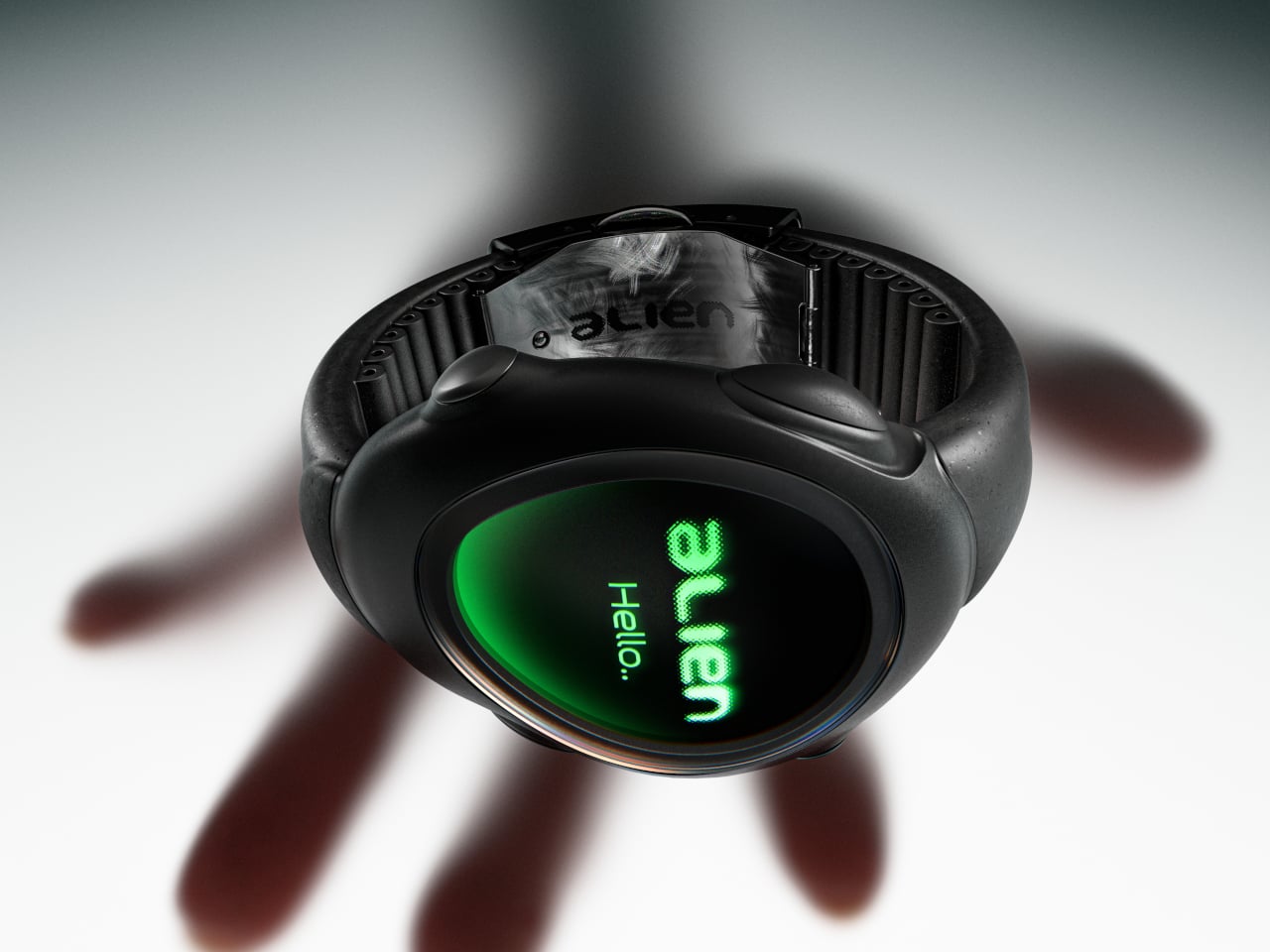In January 2020, vast swathes of Australia were swallowed by voracious bushfires. Kangaroo Island, 15km off the South Australian coast, was no exception. Blanketed in black smoke, the island’s western end burned.
The howling wind was laden with tiny fragments of burning leaf, each one a miniature incendiary grenade landing on parched, superheated bushland, triggering ever more blazes. Kangaroo Island extends some 440,000 hectares, making it Australia’s third largest island. Almost half was burnt, and two residents lost their lives.

In terms of infrastructure, the most notable loss was the Southern Ocean Lodge, a luxury boutique hotel. As four staff sheltered in an underground bunker, this famous clifftop establishment was reduced to rubble. The ash had barely cooled when the owners, Baillie Lodges, announced they would rebuild, and in December 2023, the new lodge’s doors swung open.
It is through these doors that I now walk. From the outside, the new version is almost a doppelgänger of its old self. Twenty-five suites follow the land’s contours down a hillside, each one taking in coastline views.
The glass-wrapped lounge – the Great Room – has been recreated and features the only surviving elements from the original lodge: a large steel kangaroo sculpture and a suspended steel wood-burning heater. Among new additions is the Southern Spa and the Baillie Pavilion, a mini-lodge situated on a private clifftop. Well-heeled guests can rent the entire four-bedroom pavilion, or just half of it.
Despite many similarities to the original, subtle differences can be detected by the trained eye. The most trained eye of all belongs to architect Max Pritchard. Having stayed at the original lodge several times since it opened in 2008, Pritchard had the rare opportunity of revising his own building design.
“I thought the Great Room view was fantastic because you’re up here and you’re looking right down,” says Pritchard, gesturing to the coastal panorama. “I wanted to get closer to that view for the suites. I wanted the bed a lot closer to the windows, so you’re feeling as though you’re out in that landscape.
” Understandably, fire safety was top of the list of review items, and Pritchard explains that in January 2020, an ember could have found a way inside the lodge through a tiny gap at ground level. Now, a 60cm-wide concrete beam has been dug into the ground, forming an impervious barrier. Additional exterior fire sprinklers dot the roof and building perimeters, and the water storage capacity at this off-grid site has doubled.
When the tanks are all full, 5.8 million litres of rainwater and desalinated bore water will be available. Importantly, the firefighting systems can now be controlled remotely, meaning all staff can evacuate if needed.
While all these measures are important, according to Pritchard, the biggest fire-safety game-changer comes down to gardening. For the original lodge, the design preserved all the surrounding natural vegetation. “The result was we had eucalypts and melaleuca trees right against the building,” says Pritchard.
“Both those species are very flammable, they’re oily and they can actually explode in very high heat.” Immediately after the fire, staff established a nursery and propagated 40,000 plants from local seeds. These plants are naturally occurring species, carefully selected for fire-retarding properties and their low height when fully grown.
This ground cover and these small shrubs now form a 20-metre buffer around the new lodge, where tiny grey fantail birds frolic in the morning dew. Included in the (significant) tariff here are local, gourmet dining and a vast, help-yourself South Australian wine cellar. But perhaps the greatest luxury is the immersion in the wilderness.
Daily guided experiences lead us into conservation reserves and the Flinders Chase National Park. We explore a seal colony in a sea cavern and laugh at rare Australian sea lions cavorting in their beachfront breeding colony. We stroll through the bizarrely sculptural Remarkable Rocks, a weathered geological formation perched dramatically on a headland.
On a nocturnal tour, tiny tammar wallabies bounce across our flashlight beams, and we spot fluffy koalas munching juicy leaves. Most wildlife on the island is found in the national parks, 98 per cent of which were burnt by the 2020 fires. Heiri Klein, a Kangaroo Island-based conservation ecologist with South Australia’s National Parks and Wildlife Service explains that before the fires, about 50,000 koalas lived here.
“During the fires, we probably lost 30,000 to 40,000 koalas,” says Klein, who notes that the marsupial’s numbers appear to be rapidly rebounding. Surprisingly, the endemic Kangaroo Island dunnart (a mouse-sized marsupial) may have benefited from the disaster. As was already known about another species, the southern brown bandicoot, certain fires create fresh undergrowth and an increase in prey, such as insects.
This “boom and bust” species may thrive best in the years immediately after fires. “Prior to the fires it was almost impossible to get records for [the dunnart],” says Klein. “A little while after the fires we started to see them in unprecedented numbers.
” Similarly, Klein has seen plant species that are only ever visible straight after fires. They soon disappear from the landscape again, but their seeds remain in the soil, ready to germinate during the next fire. Following 2020, says Klein, fire management in the island’s national parks has been adjusted; more fire breaks and firefighting access roads have been built and increased resourcing will allow more prescribed burning, which reduces the fuel available for fires.
Beyond tourism and wildlife, the fires affected private property and agriculture, with 87 homes lost along with many thousands of farm animals. During the fire, Dan Pattingale, of Kangaroo Island Olive Oil and The Figgery, was adamant he would not evacuate. Instead, Pattingale, who has firefighting experience and whose olive oil and dried figs are available in the island’s main town of Penneshaw, armed himself and his family with hosepipes.
“The wind was about 80km/h, so it was foul out there,” says Pattingale. “It’s really loud, and that, combined with the smoke, the ash and the dirt that was blowing; it was scary. We just kept hosing down the house.
” At 4am, after five hours of battling the flames, the worst was over, says Pattingale. “I was just pumped to know that we had saved our house, and we still had our trees,” he says. Although the olive trees were scorched, three years later they fruited again.
“And the figs, they just kept powering on!” Like most of the island’s residents, Pattingale has revised his fire preparations. Although he has a 30-megalitre dam on his property, the fire burned through a small section of above-ground pipeline. The new pipe is safely underground, and Pattingale has a new generator to ensure the power, essential for water pumps and satellite internet communication, stays on.
He has even swapped his garden hosepipes for firefighting hoses. On my final morning on Kangaroo Island, I take a morning stroll to the craggy headland below the lodge. Mist rolls down the valley and pours off the sea cliffs like a slow-motion waterfall.
Amid the fog, the ethereal outer branches of scorched eucalyptus trees resemble claws reaching skywards, frozen as if in agony. But most trees are sprouting again, and soon ebullient green shoots will obscure these remaining naked fingers. For humans, the memories of this fire will remain even as nature erases the scars, the resilient Australian bush fighting back once more.
The writer travelled as a guest of Luxury Lodges of Australia..



















